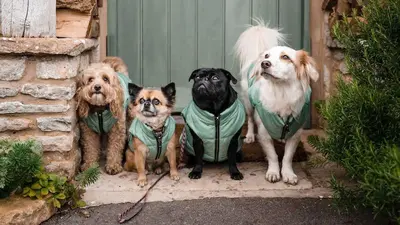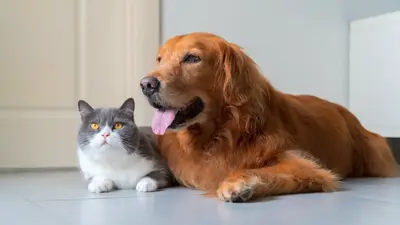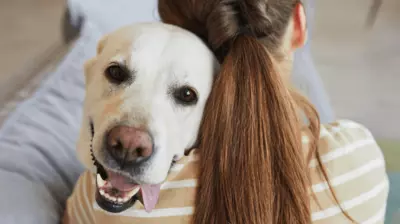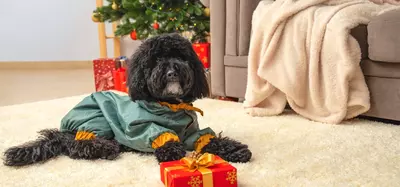Dog Friendly Flowers
- 30 Mar 2023
- 4m read

This article has been written in Collaboration with Window Fleur, the UK’s first ready-planted window box subscription service.
Which Flowers are Safe for Dogs and Perfect for Your Window Box?
When choosing flowers for your window box, it’s essential to opt for pet-safe options. For vibrant summer displays, we suggest considering cheerful blooms like marigolds, petunias, and zinnias.
As the seasons change, you can transition to autumn and winter-friendly options, such as colourful heathers, striking heuchera, and bright primroses, all of which are pooch-safe and add seasonal charm to your window box.
Some other options include: daisies, roses, sunflowers and fuchsias.
Which Flowers are Toxic to Dogs?
It's best to avoid planting species like tulips, daffodils, and hydrangeas, which can be harmful if ingested. While the toxicity often occurs only when these plants are consumed, it's always wise to avoid them if possible.
Other common toxic flowers to be aware of around the house and garden include:
Azalea
Elephant Ear
Geranium
Irises
Ivy
Lilies
Tulips
How to Create a Dog Friendly Garden
So we've told you what to avoid, now it's onto the fun stuff – how to turn your garden into a dogs' wonderland.
Make it sensory
Gravel paths and soft grass give your pet a range of interesting textures on their paws. Adding some swaying ornamental grasses can be visually stimulating.
Choose tough plants
Look for shrubs and bushes with tough stems that can stand up to dogs romping through them. Lavender is a great choice – it smells lovely, too.
Give your pup their own play area
A sandy or barked-over (yes, barked) area where your dog can dig to their heart's content can help keep them away from your ornamental plants.
Go organic
Chemicals can be hazardous to dogs, so avoid using weed killers and opt for a natural garden. It's also a good idea to avoid using fertilisers near water features that your pet is likely to drink from.
If you have a slug or other pest problem, there are lots of non-toxic ways of getting rid of them (including beer, wool and eggshells), so you don't have to use slug pellets.
How to Stop Dogs from Eating Flowers
Thankfully, window boxes are typically situated out of reach, meaning that curious pups are unable to infiltrate and spoil them.
But, how do you protect the rest of your garden? If you can’t escape the longing for having flower beds in your garden, a good way to keep them out of your dog’s reach is to build raised box beds.
Planting your flowers in a raised bed will make it harder for your pooch to eat them – leaving your flower beds to bloom and your dog’s tummy less likely to face doom.
Who is Window Fleur?
Window Fleur is the UK’s first subscription club for ready-planted window boxes, founded by cousins Joe and Frannie. Both are passionate about plants, but even more so about their dogs.
Running a startup can be stressful, but they find comfort and clarity in their daily dog walks—a perfect way to unwind from the challenges of running a business.
Frannie’s Cocker Spaniel, Toast, practically runs Window Fleur with an iron paw. Joe’s Frenchie, Womack, is always eager for treats and was more than thrilled to participate in a photo shoot, especially with delicious Butternut Box treats on hand.
Practising Mindfulness and Caring for Your Window Box
In our busy lives, finding time to create a garden can be a challenge, but a window box offers a simple way to bring nature into your space—no garden required.
Window Fleur makes it effortless with ready-planted, drop-in refills that allow you to enjoy a beautiful, instant window box without the mess or hassle.
Tending to your plants through the seasons, watching them grow, and taking a few moments each day to care for them can be a wonderfully mindful and calming ritual amidst the hustle and bustle of everyday life.
Window Fleur Discount Code
To celebrate them launching nationwide we have teamed up to share a wonderful giveaway. Checkout their Instagram @windowfleur to participate in our Butternut Box & Window Fleur giveaway.
Window Fleur have also kindly created a bespoke discount code for Butternut Box readers, use code PAWS20 to get 20% off your first order with Window Fleur.




